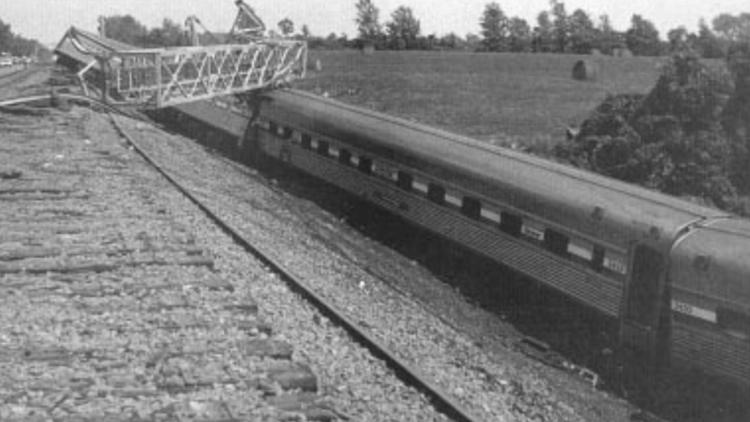BATAVIA, N.Y. — On Aug. 3, 1994, an Amtrak train was heading to Chicago from New York City. It was a warm morning when around 3:45 a.m., the train derailed in Batavia, injuring 108 passengers and 10 crew members.
The 18-car train had passed inspections in Albany that morning, and a defect detector in Rochester failed to notice anything wrong as well.
While moving just past Batavia, the train had passed a freight train that noticed gravel and sparks underneath the first couple of cars. They tried to alert the train by radio, but at that point, it was too late.
Fourteen of the 18 cars had derailed. The signal bridge at the accident was hit and fell onto two of the cars.
The New York Times interviewed passengers that were on board.
"I heard a noise like metal screaming and it felt like the train was shifting," said Page Yoder, an 18-year-old student who was going home after a vacation in New York City.
"It rolled and that was pretty scary. I thought it was over. We're going to die."
A police officer was at the scene at the time and immediately contacted the police and fire departments for help. Helicopters and ambulances were requested, and an emergency shelter was established nearby at the Batavia fire hall.
NYS police transported people by bus to the shelter, but evaluated each injured individual to see if they needed to go to the hospital. Some additional passengers asked to go to the hospital as well.
Removing passengers from the train took about an hour and 15 minutes, with the first being removed at 5 a.m. and the last being removed at 6:15 a.m.
Many people said they got out without a problem, but the darkness and steepness made the doors hard to open for others.
In total, 25 people had sustained serious injuries, while 93 had minor injuries. The other 221 people were OK.
The serious injuries included extremity and rib fractures, back injuries, internal injuries, and concussions. The people with smaller injuries were treated and released from hospitals but sustained bruises, abrasions, and small lacerations.
Crew members were tested for drugs but the results came back negative. This was required by the FRA.
The National Transportation Safety Board concluded that the cause of the accident was flattened rail head conditions. They claimed these conditions were not paid enough attention to at the time due to the unknown level of risk.
All information in this article is according to the official accident report, written by the National Transportation Safety Board.



